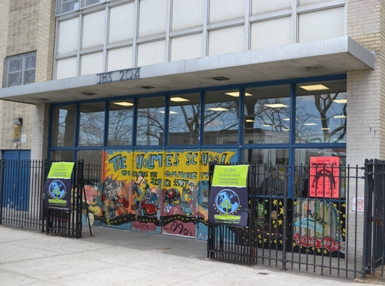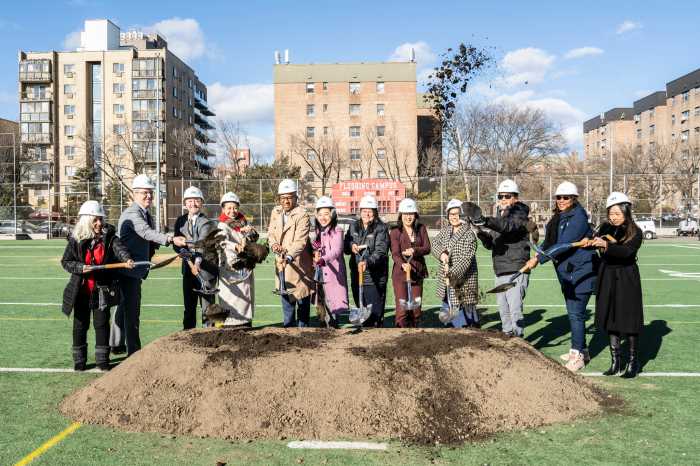As one of the 15 new schools announced to open in Queens in September, the Department of Education (DOE) is planning to co-locate a new high school in the same building as a middle school — and it has created mixed feelings within the community.
Energy Tech High School is expected to open at I.S. 204, located at 36-41 28th Street in Long Island City, and will be a new career and technical education (CTE) high school in partnership with Con Edison and National Grid.
“Energy tech is a visionary school similar to that of the nationally-recognized P-Tech, which was lauded by the president in the State of the Union,” said DOE spokesperson Devon Puglia.
The new high school will serve students from grades 9 through 14, who will be able to earn a high school diploma and Associates Degree through a partnership with CUNY’s LaGuardia Community College.
Although members of District 30 advocated for another CTE high school in Queens, mixing in the much older students with the middle school children is what has the community on the edge.
“There are two sides,” said Jeffrey Guyton, co-president of District 30’s Community Education Council (CEC). “I’m really in favor of that kind of program, but I’m also queasy about it.”
Energy Tech will have two years of college included, and according to Isaac Carmignani, CEC co-president, the college students will spend most of their time at LaGuardia, rather than at the high school.
“Some of the council [CEC] had a problem with that because having young adults mingling with 11- and 12-year-old middle schoolers is something that bothers them even though the population will be kept as separate as possible by the school,” said Carmignani.
I.S. 204 already shares the school building with The Academy for Careers in Television and Film. The high school will be moving next year to a new building in Hunters Point and leaving the space vacant.
The new CTE school will expose students to the energy industry, allowing them to intern with Con Edison and National Grid and be mentored by professionals.
“Schools throughout the city share space, and when adults put children first, most co-locations are very successful,” said Puglia.
Even with disagreements about the co-location, Guyton and Carmignani hope to be able to support the students in both communities and monitor what happens once the school moves in.
“Anytime you make these big changes, you’re rolling the dice. Maybe it’s going to work really well, maybe it’s not,” said Guyton. “If there are problems, we are going to communicate those immediately.”
RECOMMENDED STORIES





































